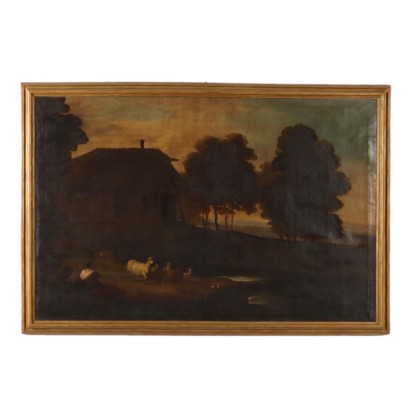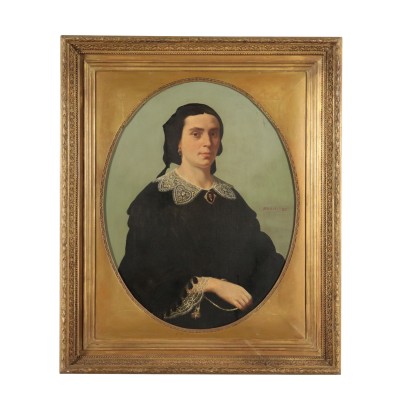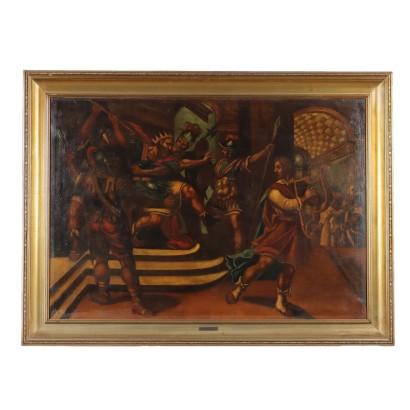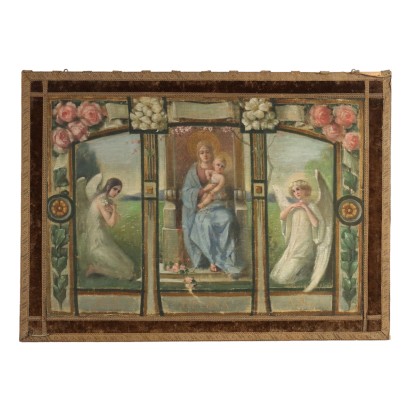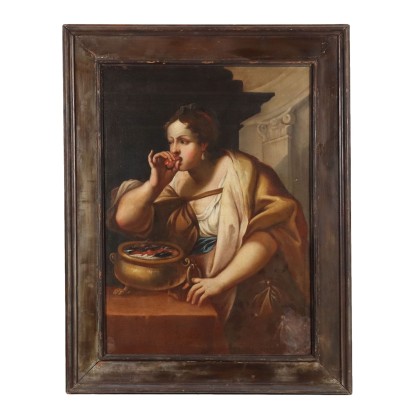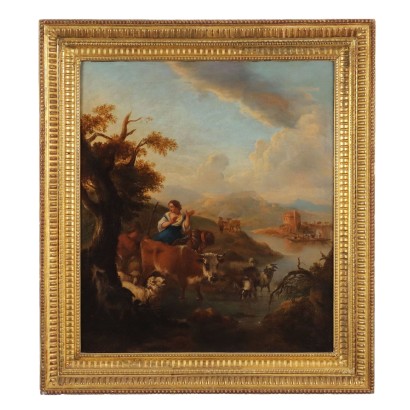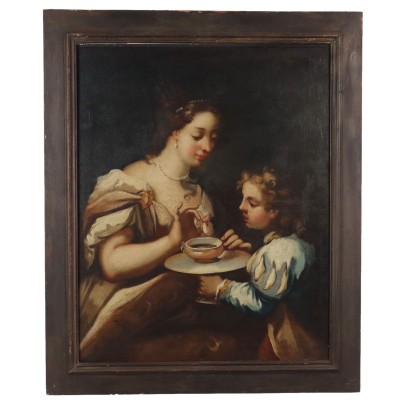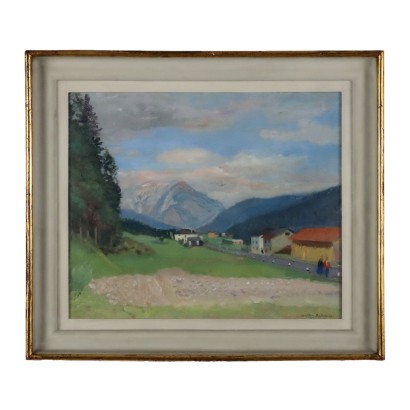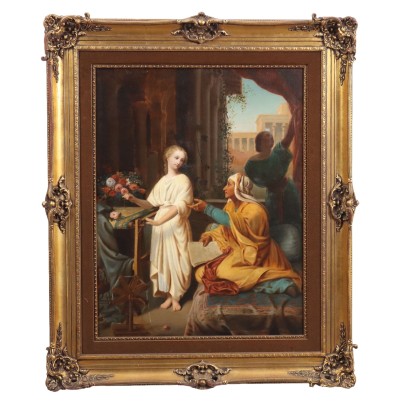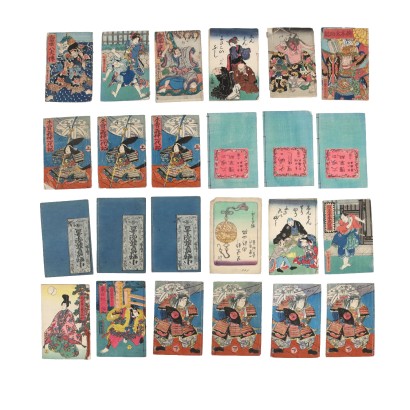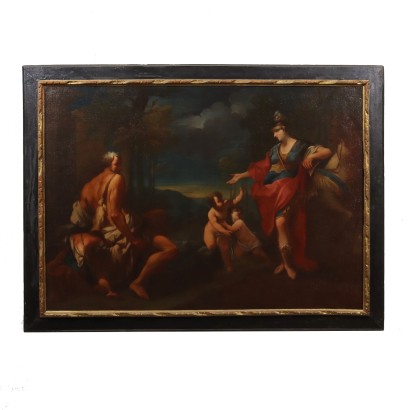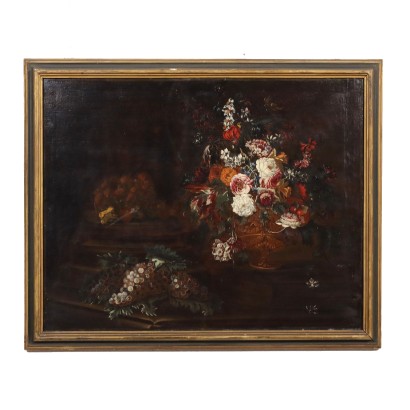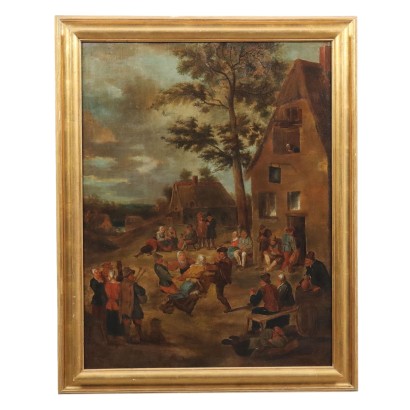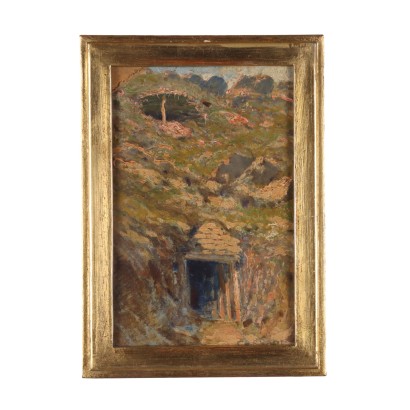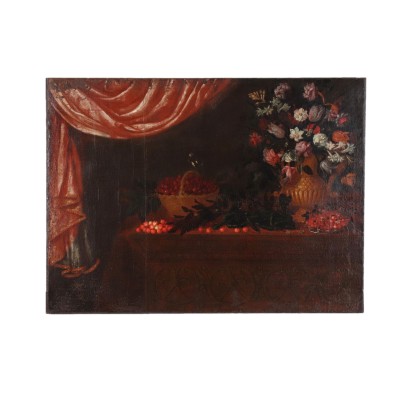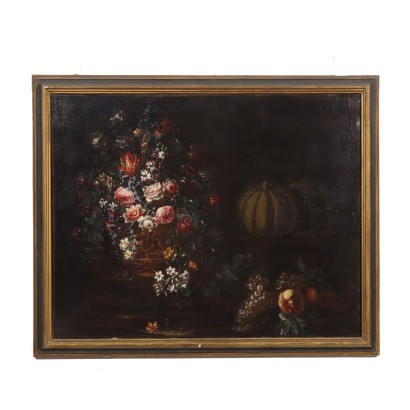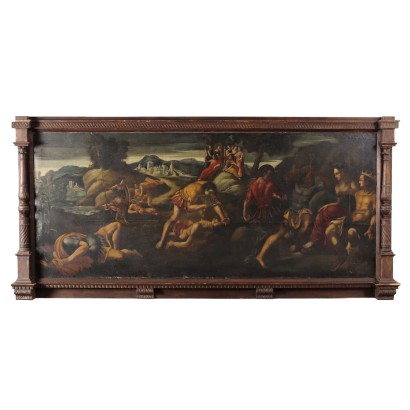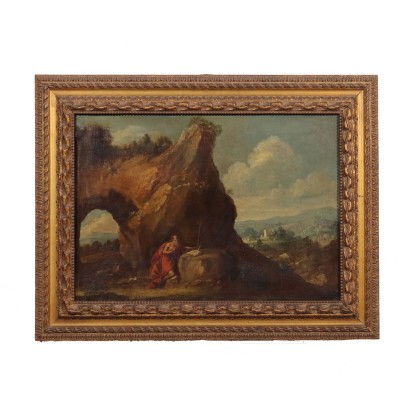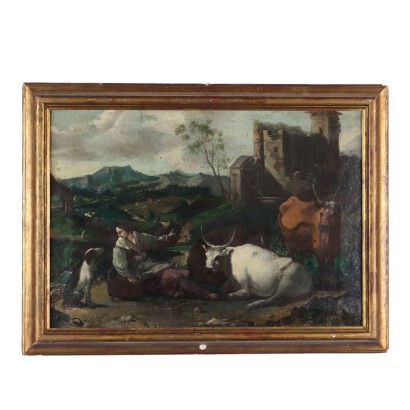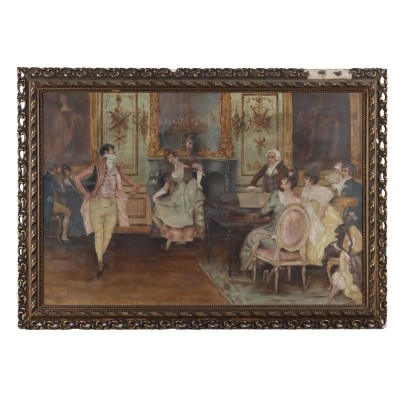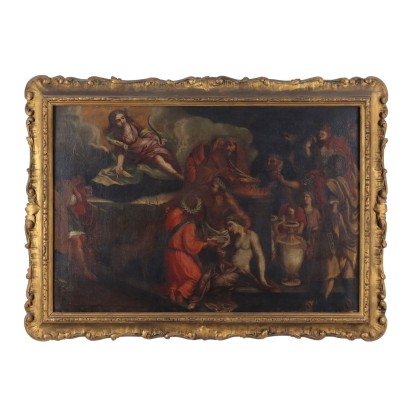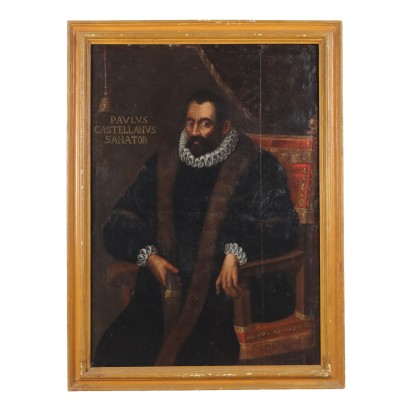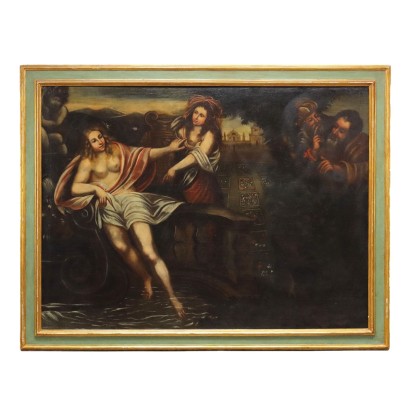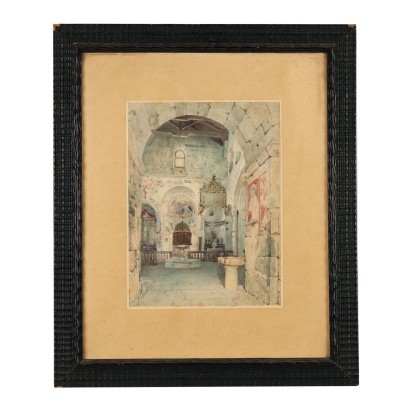In evidence
Specific typology
Price
Age
dimensioni opera
ApplyArtist
- Giuseppe Casciaro [1]
- Riccardo Viriglio [1]
- Gino Federici [1]
- Cioni Carpi [1]
- Francesco Paolo Michetti [1]
- Achille Zo [1]
- Paolo Baratella [1]
- Danilo Martinis [1]
- Nikas Safronov [1]
- Giovanni Boni [1]
- Ferdinando Andreini [1]
- G. Monti [1]
- Giovanni Antonio Emanuelli [1]
- Antonio Francesco Peruzzini [1]
- David Teniers III [1]
- Lorenzo Delleani [1]
- Mentore Silvani [1]
- Louis Dorigny [1]
- Vyacheslav Sawich Mikhailov [1]
- C. Gavassetti [1]
- Guglielmo Zocchi [1]
- Bartolomeo Arbotori [1]
- Remo Bianco [1]
- Luca Caccioni [1]
- Gaetano Valbusa [1]
- Aldo Mondino [1]
- Giovanni Sottocornola [1]
- Giovanni Balansino [3]
- Berto Ferrari [1]
- Augusto Colombo [1]
- Luigi Bisi [1]
- Lorenzo Gignous [1]
- Primo Carena [2]
- Enrico Baj [1]
- Charles Moody [1]
- Peter Paul Rubens [1]
- Jean Cocteau [1]
- Mario Tozzi [1]
- Adriano Gajoni [1]
- Mario Sironi [1]
- Giacomo Micheroux [1]
- Fausto Melotti [1]
- Mario Previ [2]
- Giovanni Muzzioli [1]
- Gaetano Bellei [1]
- Cesare Maggi [2]
- Giuseppe Giardiello [1]
- Achille Guzzardella [1]
- Marco Cornini [1]
- Hercules Sanders [1]
- Guido Lodigiani [1]
- Vincent Malò [1]
- Henry Clifford Warren [1]
- Claudio Bravo Camus [1]
- Eva Barrett [1]
- Salvatore Sportelli [1]
- Carlo Vittori [1]
- Gino Masciarelli [1]
- Giuseppe Ronchi [1]
- Giuseppe Maria Crespi [1]
- Maximilian Pfeiler [1]
- Lambert Von Babo [1]
- Gaetano Peratici [1]
- Joseph Haier [1]
- Antal Berkes [1]
- Michiel Carree [1]
- Olmedo Mezzoli [1]
- Angelos Giallinas [3]
- Giuseppe Canella [1]
- Christian Georg Schütz I [1]
- Paolo Patelli [1]
- Gennaro Villani [1]
- Charles Christophe Coventry [1]
- Nicolas de Largillière [1]
- Alberto Sughi [1]
- Baldassarre D'Anna [1]
- Felice Boselli [2]
- Luigi Brignoli [1]
- Alfonso Corradi [1]
- Guido Reni [1]
- Giacomo Francesco Cipper [1]
- Giovanni Buffa [1]
- Guido Cinotti [1]
Subject
- Animals [1]
- Figures of Saints [10]
- Biblical scene [9]
- Naïve painting [2]
- Surreal images [1]
- Caricatures, satirical drawings [1]
- Composizione [1]
- Sketch [1]
- Architectural capriccio [1]
- Japanese booklets [1]
- Conceptual art [1]
- Glimpse of interior [3]
- Historical-literary subject [1]
- Outside view [1]
- Seascape with figures [1]
- Battle [3]
- Still life [14]
- Historic Subject [8]
- Landscape with Figures [32]
- Landscape [13]
- Marine Landscape [2]
- Landscape with Architecture [9]
- Views/City Glimpses [4]
- Study [1]
- Portrait/Face [28]
- Allegorical/Mythological Subject [9]
- Sacred Subject [27]
- Interior Scene [3]
- Genre Scenes [19]
- Scene with Figures [9]
- Abstract Composition [16]
- Human Figures [12]
Artistic school
- Central European school [6]
- Central-Italian school [6]
- Emilian School [3]
- Flemish School [5]
- French School [10]
- Genoese School [2]
- English School [1]
- Italian School [10]
- Lombard School [5]
- Neapolitan School [1]
- North-European School [4]
- Dutch School [2]
- Roman School [3]
- German School [2]
- Tuscan School [2]
- Venetian School [7]
- North Italy School [12]
Artistic technique
Technical specification
- Terracotta [1]
- Grass Juice [1]
- Tempera on Canvas [1]
- Tempera on Paper [1]
- Gouache [1]
- Mixed Technique [5]
- Painted on Fabric [1]
- Ink [2]
- Sanguine [1]
- Mixed Technique [3]
- Oil on slate [1]
- Woodcut [1]
- Watercolor [5]
- Oil on Board [13]
- Oil on Plywood [1]
- Oil on Cardboard [6]
- Oil on Copper [1]
- Mixed Technique [6]
- Pastel [1]
- Pencil on Paper [2]
- Oil on Glass [1]
- Oil on Hardboard [5]
- Mixed technique on board [1]
- Mixed technique [1]
- Oil on linoleum [1]
- Enamelled copper [1]
- Watercolor [1]
- Oil on Canvas [163]
- Charcoal [1]
- Bronze Melting [3]
- Reverse Glass Painting [2]
- Oil on Metal Plate [1]
Sort by

